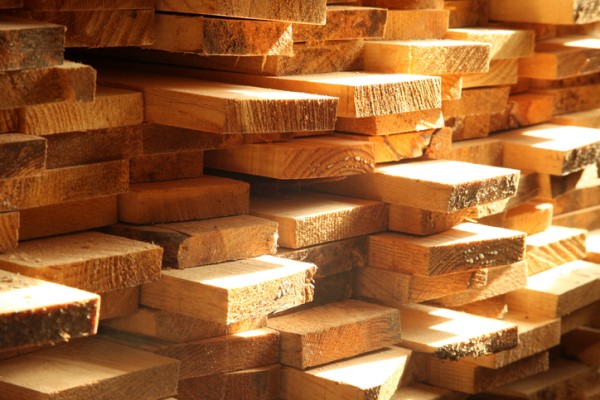Softwood timber in focus for a safer construction industry

A newly amended Australian Standard for timber is landing at a crucial time for the construction and timber industries.
While Australia’s softwood timber industry has grown by 2% year-on-year, to 5.1 million cubic metres in 2020-211, high costs and competition from imports remain a challenge. Up-to-date and reliable standards are required to help improve the industry’s efficiency and competitiveness.
Enter the recently amended standard AS 2858 Timber – Softwood – Visually stress-graded for structural purposes, published in September 2023. The standard, last updated in 2008, had long needed modernisation and revision.
The committee responsible for this revision, TM-012 (Timber Grading), aimed to specify requirements more clearly for the visual stress grading of sawn softwood intended for structural purposes. The amended standard focuses on the requirements at the time of grading and excludes timber species with an average density below 360kg/m3 at 12% moisture content.
The changes in this edition include the removal of outdated information, the addition of initial qualification testing, the introduction of annual verification checks, the removal of the heartwood in stud grade for seasoned Pinus species, and adjustments to moisture content requirements.
From a safety perspective, these changes aim to enhance the reliability of products graded under AS 2858. They remove outdated information and help maintain the applicability of capacity factors in AS 1720 for design.
It is expected the added testing and verification processes introduced in this revision should give businesses greater clarity and confidence about the reliability of products graded under AS 2858 to the benefit of consumers.
Softwood timbers – which come from needle-bearing trees such as pine, spruce and fir – are important in construction, and AS 2858 specifies how to categorise it based on strength and quality. It provides guidelines for inspecting the wood for factors such as knots, cracks, splits or twists that could affect its performance. Additionally, the standard indicates the suitability of different softwood timbers for various applications, such as building houses, bridges or furniture.
The amended standard aligns with other structural timber standards about product verification and methodology underlying capacity factors, as outlined in the AS 1720 Timber structures design code. It also brings more consistency throughout the range of softwood timber products covered by the standard.
The revision affects all stages of the production and grading of sawn softwood timber. The primary intended outcome in the market is increased confidence in, and reliability of, the graded and stamped softwood timber product, aiming to provide a safer and more secure construction industry.
